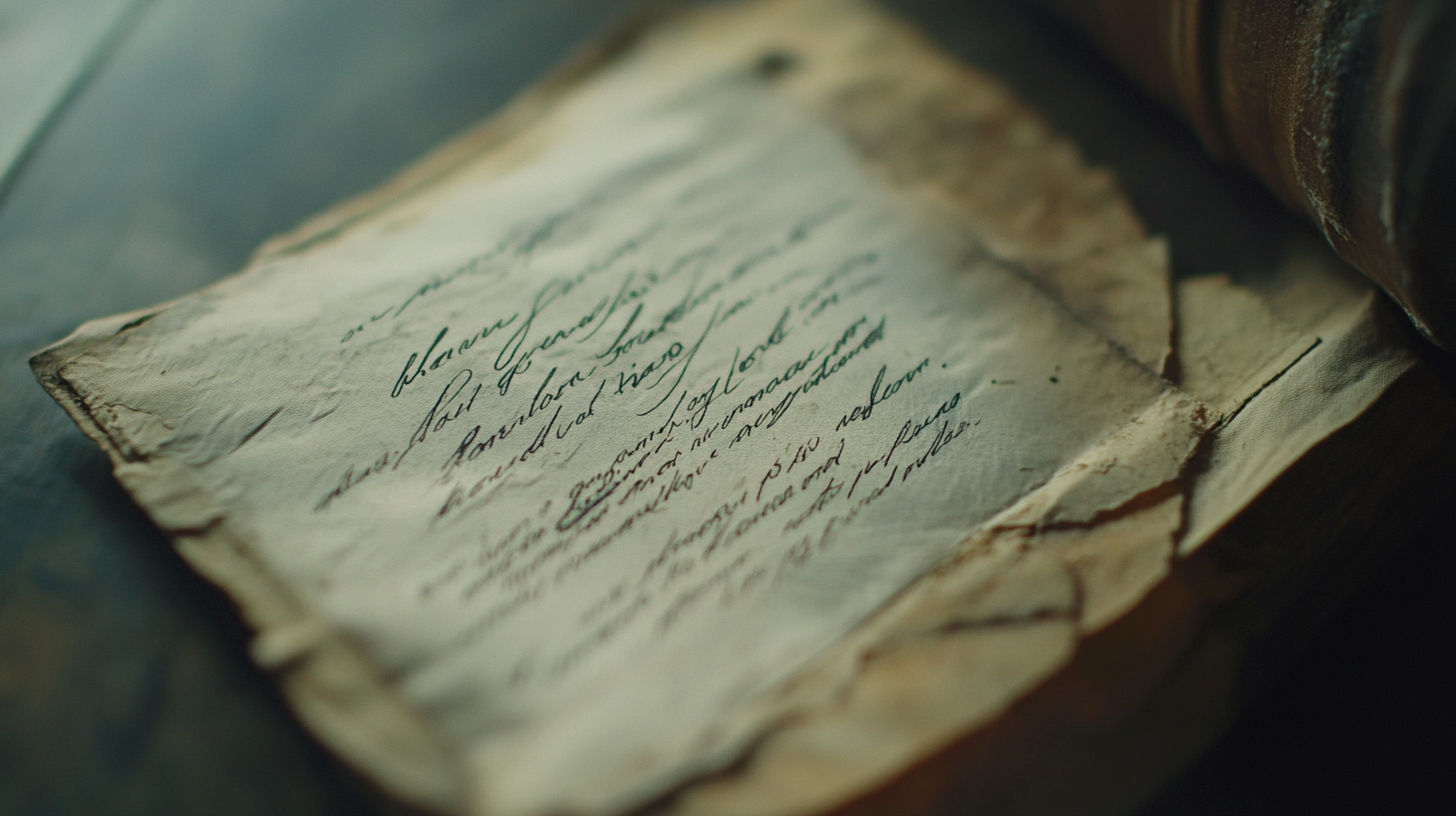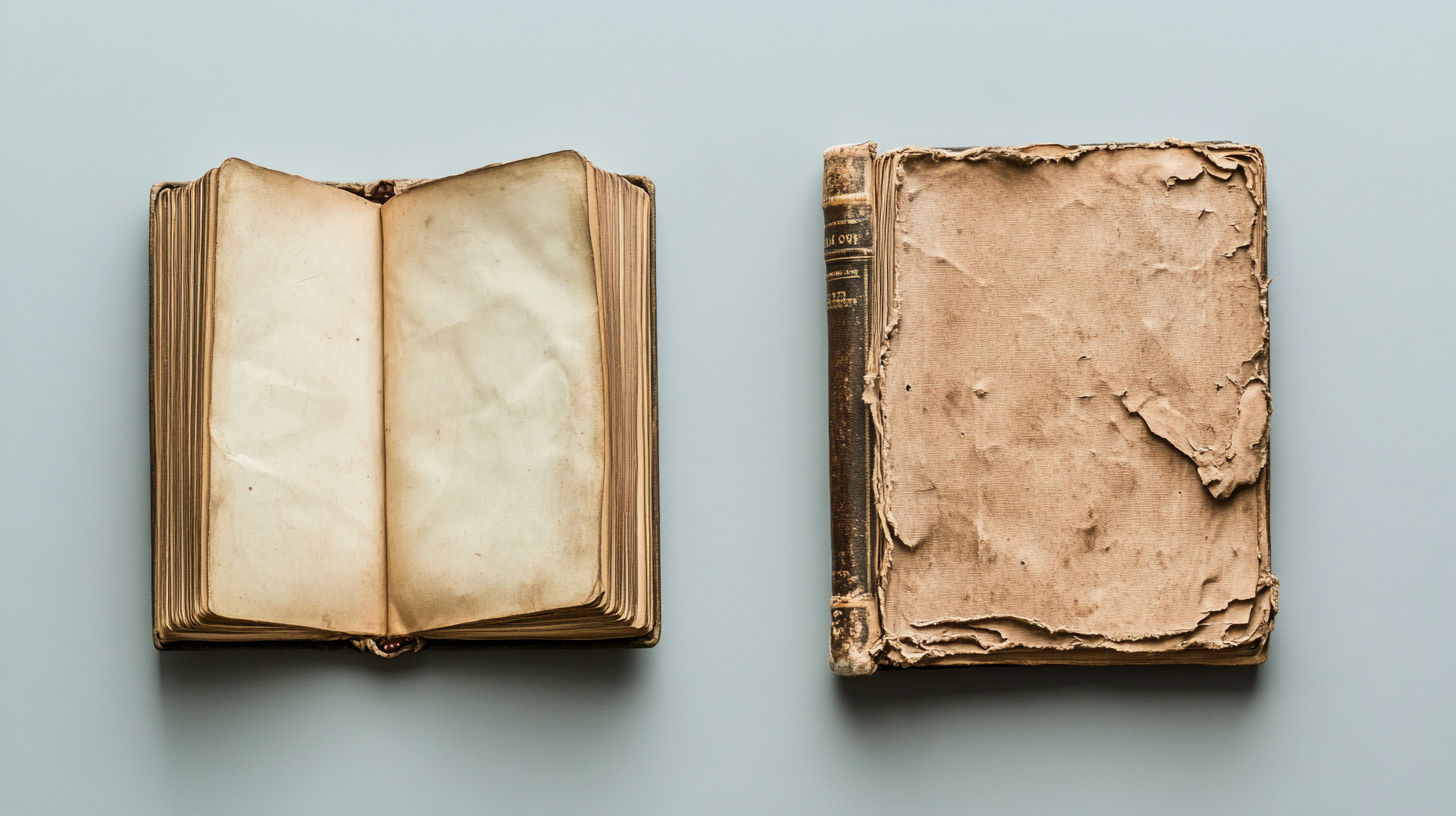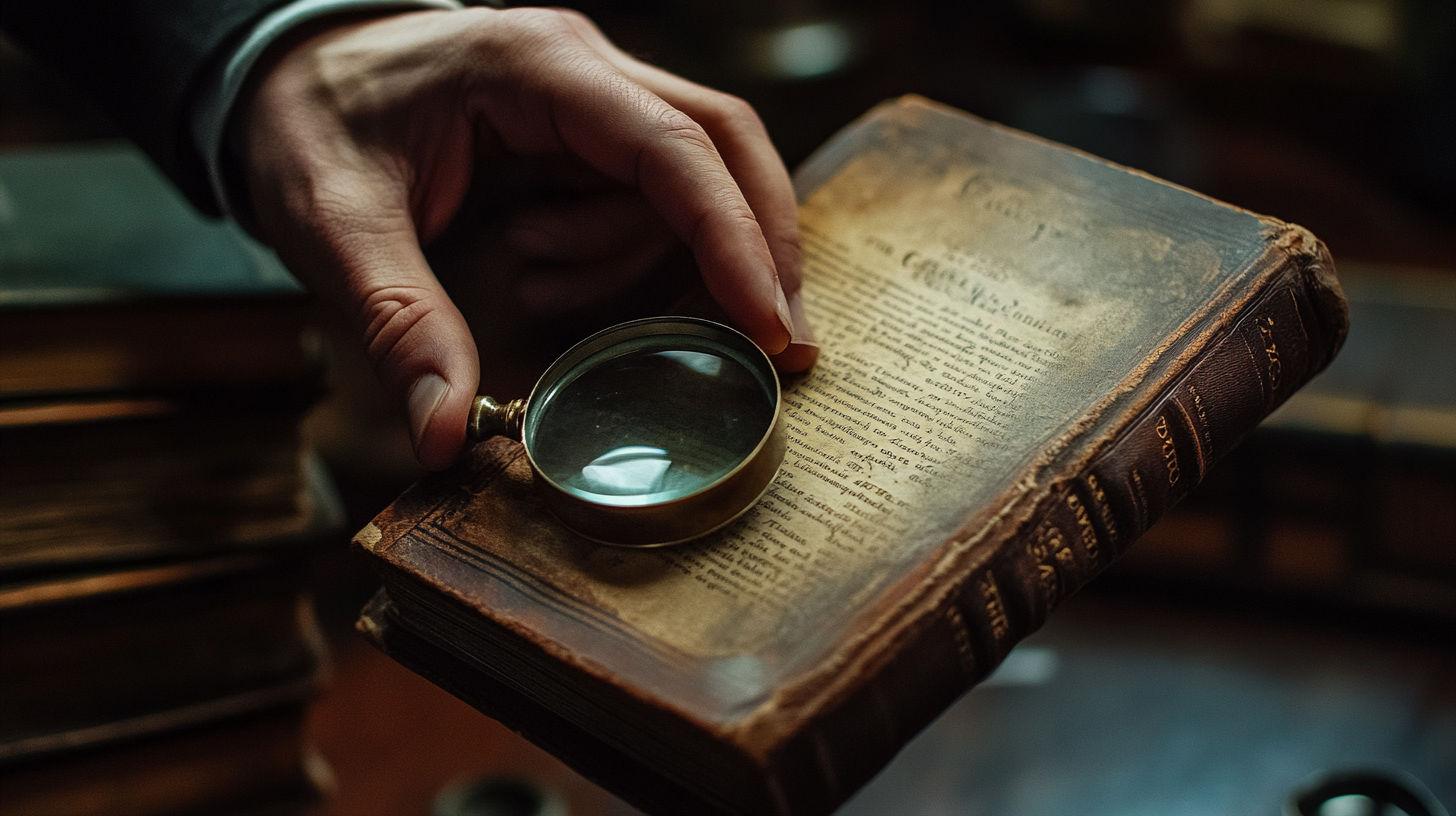Do you have old books gathering dust on your shelves? Or perhaps you’ve inherited a collection of antique volumes? You might be sitting on valuable treasures without even knowing it. Understanding old book values requires knowledge of several key factors that can dramatically affect worth—from edition and condition to provenance and market demand.
In this comprehensive guide, we’ll walk you through the process of determining the value of your old books, teach you what makes certain volumes particularly valuable, and show you where to find accurate pricing information.
Table of Contents
- What Makes Old Books Valuable?
- How to Identify First Editions
- Evaluating Book Condition
- Researching Book Values
- Most Valuable Antique Books
- Where to Sell Valuable Books
- Getting Professional Appraisals
- Common Questions About Book Values
What Makes Old Books Valuable?
When determining old book values, the most important factors include:
Rarity and Scarcity
The rarer a book is, the more valuable it tends to be. Limited print runs, books that were destroyed or damaged over time, or titles with small initial printings all contribute to scarcity.
First Editions
First editions—especially first printings of first editions—are typically the most desirable versions of a book. For example, a first edition of J.K. Rowling’s “Harry Potter and the Philosopher’s Stone” can sell for tens of thousands of dollars.
Author Signatures and Inscriptions
Books signed or inscribed by the author can be significantly more valuable than unsigned copies, particularly if the author is famous or deceased.
Condition
The condition of a book dramatically affects its value. A pristine copy will always be worth more than one with damage, regardless of rarity.
Key Value Factors for Old Books
Age
While age alone doesn’t guarantee value, very old books (particularly those from before 1800) can be valuable simply due to their survival over centuries.
Historical Importance
Books that marked significant moments in history, contained groundbreaking ideas, or changed society in some way often command premium prices.
Provenance
A documented history of ownership, especially if previous owners were notable figures, can significantly increase a book’s value.
Demand
Finally, there must be collectors interested in buying the book. Even rare items may not be valuable if there’s no market demand.
How to Identify First Editions
Publisher’s Methods for Identifying First Editions
Different publishers use various methods to identify first editions:
Number Line: A sequence of numbers on the copyright page. If “1” is present (typically at the beginning or end of the sequence), it’s usually a first printing.
Edition Statement: Look for the words “First Edition,” “First Printing,” or “First Published.”
Date Matching: If the date on the title page matches the copyright date and there’s no mention of additional printings, it might be a first edition.
Publisher-Specific Identifiers: Some publishers use unique codes or indicators. For example, Random House often uses “First Edition” followed by a number line.
Common Misconceptions About First Editions
Many people believe any old book is a “first edition,” but this term specifically refers to the first printing of a book in its first published form. Later printings, even from the same year, are generally worth less.
Evolution of Book Collecting
- 1500-1700
Early Book Collecting
Focused primarily on religious texts, classical literature, and scientific works. Value determined mostly by binding quality and illustrations. - 1800s
Rise of Modern Book Collecting
First editions begin to gain importance. Charles Dickens and other Victorian authors become collectible during their lifetimes. - Early 1900s
Modernist Period
First editions of authors like Hemingway, Fitzgerald, and Joyce become highly sought after. Dust jackets begin to play a crucial role in value. - Late 1900s
Contemporary Collecting
Modern first editions gain significant value. Children's books and genre fiction (especially science fiction) become major collecting categories. - 2000s-Present
Digital Age
Despite e-books, rare physical books continue to appreciate. Online markets make researching and establishing values more accessible.
Evaluating Book Condition

Standard Book Condition Ratings
The book collecting world uses standard terms to describe condition:
Book Condition Assessment
Use this checklist to evaluate your book's condition
- Binding is tight and intact with no separation
- Pages are clean without stains, marks, or foxing
- Dust jacket (if applicable) is present and undamaged
- No previous owner inscriptions or bookplates
- No library stamps or markings
- Spine is uncreased and not faded
- Corners of covers are not bumped or worn
- No missing pages or text block damage
Book Condition Terminology
Understanding standard condition terminology helps both buyers and sellers:
Book Condition Ratings & Descriptions
Standard terminology used by booksellers and collectors
</tbody>
</table>
The Importance of Dust Jackets
For books published in the 20th century, the presence of the original dust jacket can dramatically impact value:
- A first edition of F. Scott Fitzgerald’s “The Great Gatsby” (1925) without a dust jacket might sell for $8,000-$10,000
- The same book with the original dust jacket in good condition could fetch over $100,000
This represents a value difference of over 90%, making dust jackets among the most important factors for modern first editions.
Researching Book Values

Online Resources for Book Valuation
Several online resources can help you determine the value of your old books:
AbeBooks: One of the largest online marketplaces for books, AbeBooks lists millions of titles from sellers worldwide. Search for your book to see what comparable copies are selling for.
Biblio: Another excellent marketplace that specializes in rare and collectible books. Biblio offers a dedicated “Book Value” page to help determine worth.
viaLibri: This search engine aggregates book listings from over 170 websites worldwide, making it the most comprehensive book search tool available.
BookFinder.com: A powerful search engine that compares prices across multiple online booksellers.
Completed eBay Listings: Check the “Sold” listings on eBay to see what similar books have actually sold for, not just what sellers are asking.
Using ISBNs for Modern Books
For books published after 1970, you can use the ISBN (International Standard Book Number) to search for specific editions:
- Look on the back cover or copyright page for a 10 or 13-digit number
- Enter this number in book search engines for precise results
- Remember that the ISBN identifies the specific edition, not necessarily a first edition
When Online Research Isn’t Enough
Some very rare or unusual books may not have comparable copies available online. In these cases, consider:
- Consulting reference books on book collecting and values
- Reaching out to specialist booksellers in the relevant genre
- Seeking a professional appraisal from a qualified book appraiser
Sample Rare Book Values
Notable books and their recent market values (2023)
| Category | Price | Notes |
|---|---|---|
| As New/Mint | Perfect condition, appears unread | 100% of potential value |
| Fine | No defects, but not as crisp as As New | 80-90% of potential value |
| Very Good | Shows some minor wear but no major defects | 60-80% of potential value |
| Good | Average used book with all pages present | 40-60% of potential value |
| Fair | Worn but complete, may have annotations | 20-40% of potential value |
| Poor | Very worn, may have missing pages or covers | 5-20% of potential value |
</tbody>
</table>
Most Valuable Antique Books
Record-Breaking Book Sales
Some of the most valuable books ever sold include:
The Codex Leicester by Leonardo da Vinci - $30.8 million (1994) A collection of scientific writings by Leonardo da Vinci, purchased by Bill Gates.
Bay Psalm Book (1640) - $14.2 million (2013) The first book printed in what is now the United States.
Birds of America by John James Audubon - $11.5 million (2010) Complete first edition with 435 hand-colored, life-sized prints.
First Folio by William Shakespeare (1623) - $10 million (2020) The first collected edition of Shakespeare’s plays, with only 235 known copies.
Notable Categories of Valuable Books
Certain categories tend to be particularly valuable:
Illuminated Medieval Manuscripts Hand-illustrated religious texts from before the printing press era.
Incunabula Books printed before 1501, in the earliest days of the printing press.
Scientific Breakthroughs First editions of works that changed scientific understanding, like Newton’s “Principia” or Darwin’s “Origin of Species.”
Literary Classics First editions of enduring classics, especially from acclaimed authors like Dickens, Austen, or Twain.
Children’s Classics First editions of beloved children’s books like “Alice in Wonderland” or “Winnie-the-Pooh.”
Where to Sell Valuable Books
Online Marketplaces
AbeBooks: Primarily for booksellers, but individuals can list books. Fees apply, but the audience is specifically book collectors.
eBay: Reaches a wide audience, but you’ll need to carefully research pricing and shipping options. Best for books valued under $1,000.
Amazon: Good for more common books but not ideal for rare items due to fixed category fees.
Specialized Book Sites: Biblio, Alibris, and other book-specific marketplaces cater to collectors.
Physical Selling Options
Auction Houses: For very valuable books ($1,000+), major auction houses like Christie’s, Sotheby’s, or Heritage Auctions can reach serious collectors. Regional auction houses may be suitable for moderately valuable books.
Antiquarian Booksellers: Professional dealers often buy books outright or sell on consignment. The Antiquarian Booksellers’ Association of America can help you find reputable dealers.
Book Fairs: Annual book fairs attract serious collectors and dealers who may be interested in purchasing valuable items.
Considerations When Selling
- Fees and Commissions: Online platforms charge listing fees and commissions. Auction houses typically charge 15-25% seller’s commission.
- Insurance and Shipping: Valuable books need proper insurance and packaging when shipped.
- Authentication: For extremely valuable items, authentication may be required before selling.
- Taxes: Significant profits from book sales may be subject to capital gains tax.
Getting Professional Appraisals
When to Seek Professional Appraisal
Consider a professional appraisal in these situations:
- For insurance purposes
- For estate planning or tax reasons
- When donating books to institutions
- When you suspect you have a particularly rare or valuable item
- For large collections that would be time-consuming to research individually
Finding Qualified Appraisers
For credible appraisals, look for:
- Members of the Antiquarian Booksellers’ Association of America (ABAA)
- Certified appraisers through the International Society of Appraisers (ISA)
- Specialists at major auction houses
- Rare book librarians at university special collections
What to Expect from an Appraisal
A professional book appraisal typically includes:
- Detailed description of each book
- Assessment of condition
- Research into comparable sales
- Formal valuation statement
- Documentation of any special features or provenance
- Purpose of the appraisal (insurance, fair market, or replacement value)
Appraisal Costs
Professional appraisals are not free. Expect to pay:
- Hourly rates of $100-$300 per hour
- Flat fees for small collections
- Percentage-based fees for very valuable items (rare)
- Additional fees for written reports and documentation
Many libraries and bookstores offer informal evaluations at no cost, but these are not suitable for insurance or legal purposes.
Common Questions About Book Values
How can I find out what my old books are worth?
The most practical approach is to:
- Identify exactly what you have (title, author, edition, publication date)
- Evaluate the condition carefully
- Search online marketplaces like AbeBooks, Biblio, or viaLibri for comparable copies
- Check completed eBay sales to see actual selling prices (not just asking prices)
- For potentially valuable items, consult a professional book appraiser
Remember that asking prices online don’t always reflect what books actually sell for, so look for "sold" or "completed" listings when possible.
Is there an app to find the value of books?
Yes, several apps can help you research book values:
- BookScouter (iOS/Android): Compares prices from 30+ vendors buying and selling books
- AbeBooks (iOS/Android): Search their extensive marketplace of rare and collectible books
- Alibris (iOS/Android): Another large marketplace for used and rare books
- BookFinder (web-based): Comprehensive search engine for comparing book prices
For modern books, apps that can scan barcodes (like BookScouter) provide quick results. For older books without barcodes, you’ll need to search by title and author.
How to get vintage books appraised?
For professional book appraisals:
- Contact a member of the Antiquarian Booksellers’ Association of America (ABAA)
- Reach out to major auction houses like Sotheby’s, Christie’s, or Heritage Auctions
- Consult with rare book specialists at university libraries
- Find a certified appraiser through the International Society of Appraisers
Most appraisers charge by the hour ($100-$300) or a flat fee for small collections. For insurance or tax purposes, be sure to get a written appraisal from a qualified professional.
What makes an old book worth money?
The primary factors that make old books valuable include:
- Rarity: Limited printings or books with few surviving copies
- First Editions: Especially first printings of important works
- Condition: Books in excellent condition are worth significantly more
- Author Significance: Works by famous or influential authors
- Historical Importance: Books that changed history or thinking
- Special Features: Author signatures, inscriptions, or unique bindings
- Demand: There must be collectors interested in the subject matter
Age alone doesn’t guarantee value—a common book from 1900 may be worth less than a rare book from 1980. The combination of rarity, condition, and collector demand ultimately determines value.
Do all first editions say first edition?
No, not all first editions explicitly state "First Edition." Publishers use various methods to identify first editions:
- Some use a "number line" (e.g., 10 9 8 7 6 5 4 3 2 1) on the copyright page
- Others use phrases like "First Published in [year]" or "First Printing"
- Some indicate later printings but leave first editions unmarked
- Many modern publishers state "First Edition" directly
Different publishers use different conventions, which can change over time. Resources like "Pocket Guide to the Identification of First Editions" by Bill McBride can help identify publisher-specific practices.
How important is a dust jacket for book value?
For books published with dust jackets (typically from the early 1900s onward), the presence of the original dust jacket can increase value dramatically:
- A first edition book without its dust jacket may lose 75-90% of its potential value
- Books from the 1920s-1950s especially rely on jacket condition for value
- Jackets in near-perfect condition can increase value exponentially
For example, a first edition of "The Great Gatsby" (1925) might sell for $8,000 without a dust jacket, but the same book with an intact original dust jacket could fetch well over $100,000.
For older books (pre-1850) that weren’t published with dust jackets, this isn’t a consideration.
External Resources for Book Valuation
AbeBooks Guide to Book Values
Comprehensive guide on how to find the value of old books, with information on first editions, signatures, and condition assessment.
Biblio Book Value Guide
Resource for determining book values with searchable database and collector information.
viaLibri Rare Book Search
The world's largest search engine for antiquarian and rare books, searching over 170 bookselling sites simultaneously.
BookFinder.com
Comprehensive book price comparison tool for new, used, rare, and out-of-print books.
Antiquarian Booksellers' Association of America
Professional organization for rare book dealers with directories, resources, and events.
Enoch Pratt Free Library: Evaluating Old Books
Library guide providing resources for researching and evaluating old books.
BookScouter Blog: How To Find The Value Of Old Books
Detailed guide with practical tips for identifying valuable books and finding their market value.
Nelson Rare Books: Is This Book Valuable
Expert guidance on determining book values from established rare book dealers.
Conclusion
Determining the value of old books requires careful research, attention to detail, and an understanding of what makes certain volumes collectible. While age is often a factor, it’s the combination of rarity, condition, historical significance, and demand that truly determines a book’s worth.
Before selling any potentially valuable books, take the time to properly identify what you have and research comparable sales. For particularly valuable items or large collections, professional appraisal services can provide valuable expertise and documentation.
Whether you’re a casual seller with a few inherited volumes or a serious collector managing a substantial library, understanding the factors that influence old book values will help you make informed decisions about your literary treasures.
Remember that book values fluctuate based on market trends and collector interests, so what might be moderately valuable today could become highly sought after in the future. The rare book market continues to thrive even in our digital age, with certain physical books appreciating significantly in value over time.
Get a Professional Appraisal
Unsure about your item’s value? Our certified experts provide fast, written appraisals you can trust.
- Expert report with photos and comps
- Fast turnaround
- Fixed, upfront pricing
No obligation. Secure upload.
| Category | Price | Notes |
|---|---|---|
| First Edition "Harry Potter and the Philosopher's Stone" (1997) | $40,000-$100,000+ | First printing with specific errors |
| First Edition "The Great Gatsby" with dust jacket (1925) | $100,000-$300,000 | Condition critical to value |
| First Edition "On the Origin of Species" (1859) | $200,000-$500,000 | Must have all plates and folding diagrams |
| First Edition "The Hobbit" (1937) | $65,000-$150,000 | With original dust jacket |
| First Edition "Gone With The Wind" (1936) | $1,000-$25,000 | Value varies greatly by condition |
| First Edition "To Kill a Mockingbird" (1960) | $15,000-$35,000 | With unblemished dust jacket |




